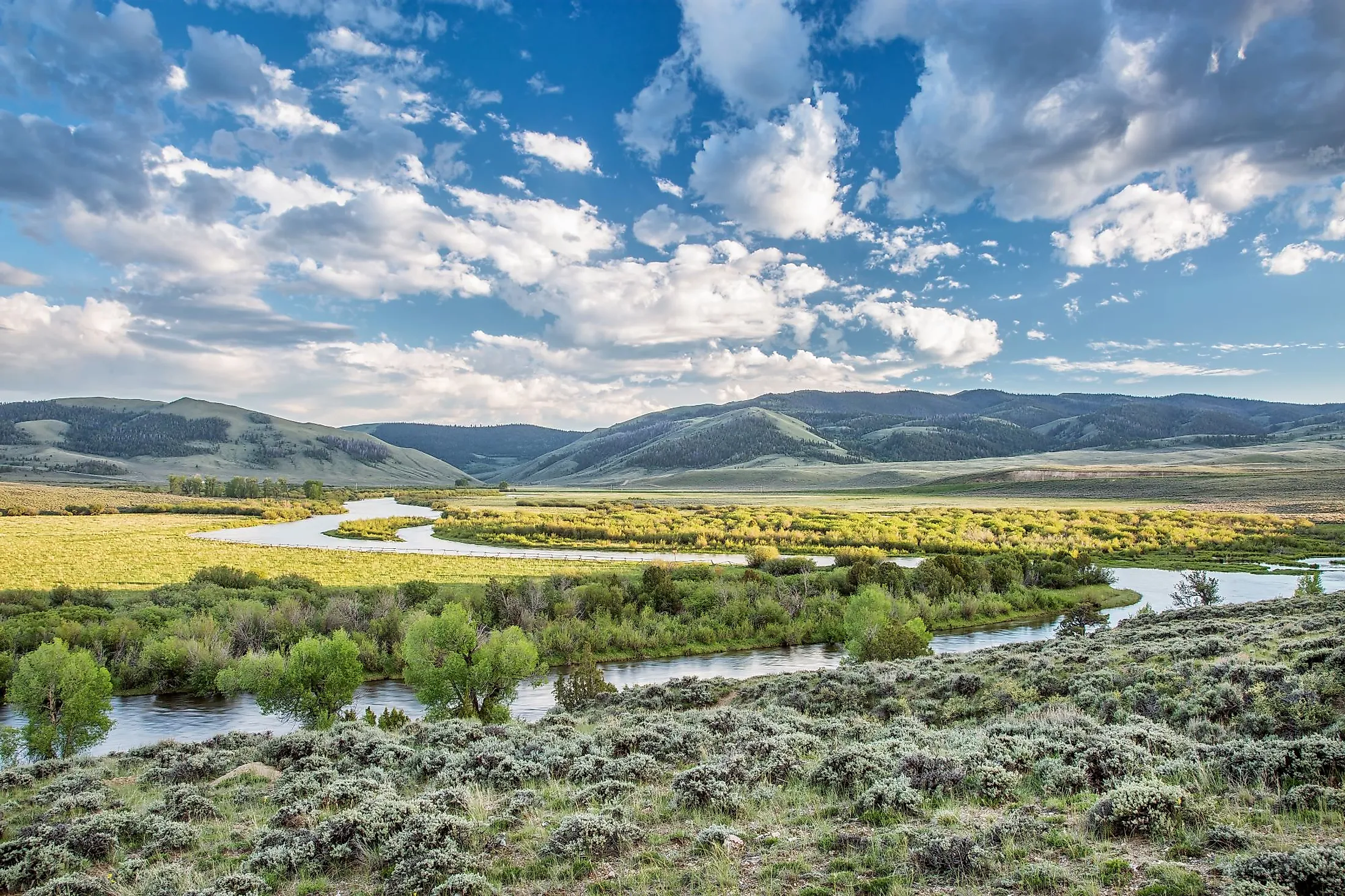
North Platte River
At 1,152 km long, the North Platte River travels through the heart of the American Midwest. This principal tributary of the Platte River flows past the US States of Colorado, Wyoming, and Nebraska. The river’s basin covers 80,000 sq. km and is revered for whitewater sports, like canoes and kayaks, with calmer stretches suitable for floating on rubber tubes. The North Platte River is one of Platte River's two arms, with the latter being the South Platte River.
Course Of The North Platte River
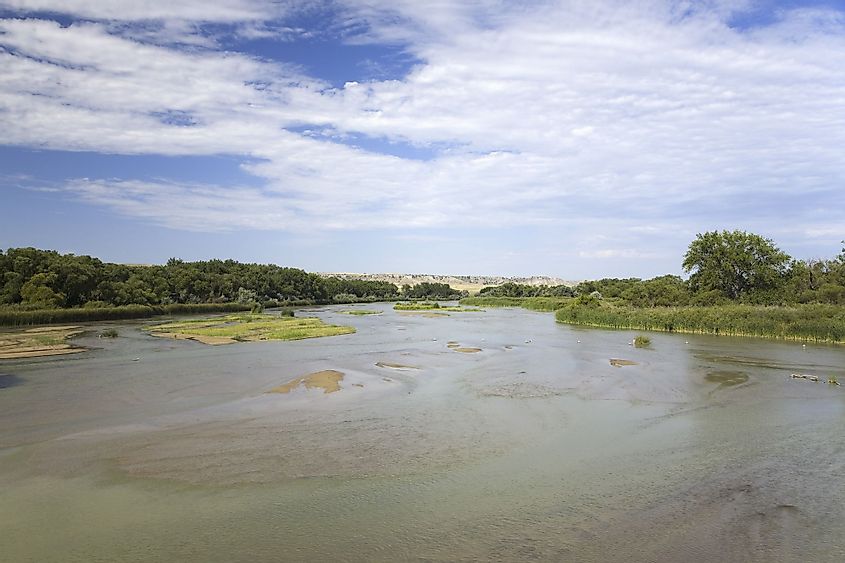
The North Platte River rises out of Jackson County in north central Colorado. It then collects from the Grizzly River and Little Grizzly River as the primary source of its flow on the Continental Divide. The River heads into Wyoming before turning in the east-southeast direction at Casper. The North Platte River continues westwards to the Wyoming-Nebraska boundary, passing by Scottsbluff before ceasing at the Town of North Platte. Here, both the south and north arms join the Platte River. The Platte River then flows into the Missouri River and from there to the Mississippi River, eventually draining into the Gulf of Mexico.
Geology Of The North Platte River
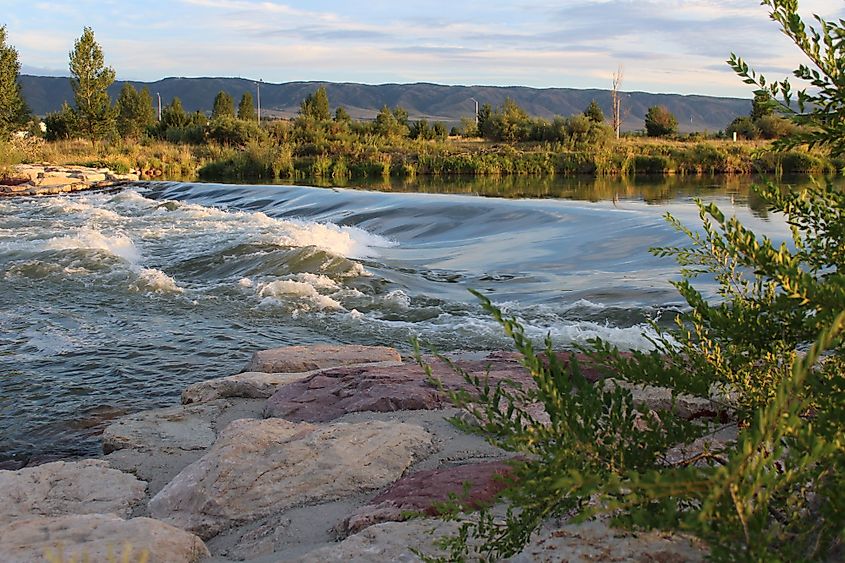
Throughout its course, the North Platte passes through different areas of geological interest. Some of these include the already mentioned Continental Divide of the Rocky Mountains, as well as sand patches in Wyoming and Nebraska, and Precambrian granite and metamorphic rock found mainly in Colorado with small patches in north-central Wyoming. These sand patches are notorious on the North Platte River and are commonly known among locals as simply quicksand. Among the sandy banks are invisible patches of quicksand, which had proven detrimental for livestock and wagons throughout the Great Migration.
History Of The North Platte River
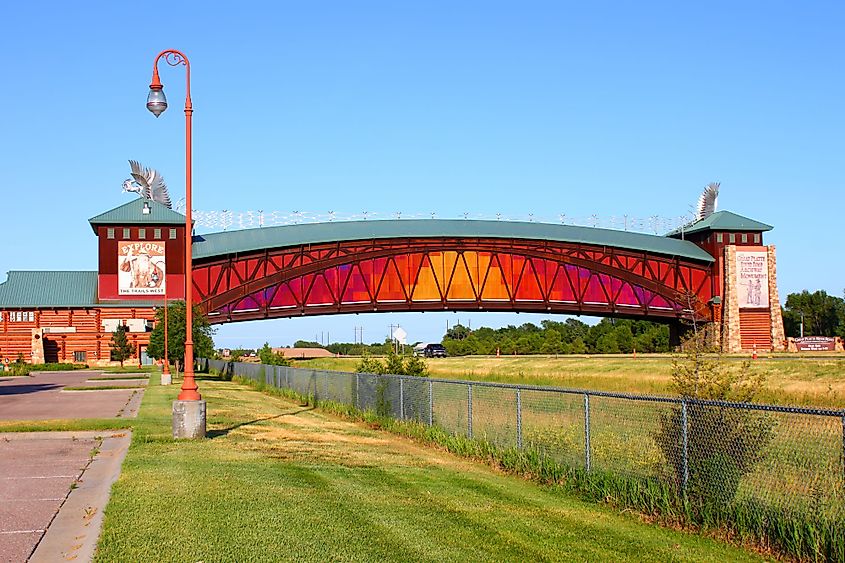
Before the westward US expansion, The North Platte River and its drainage had a significant role in the Native American way of life, dating back to prehistoric times. The Native Americans lived and hunted off the land, and the livestock required water and grass to survive, which the North Platte River supported. There were several trails that extended from the Mississippi River, North Platte River, Platte River, and Sweetwater Rivers. In the 1820s, the trails around the Platte and North Platte were “rediscovered” by trappers after being seldom used for military exploration at the start of the 19th century.
Within no time, mule trains populated the area and carried supplies for the mountain men and trappers. The fur traders remained until 1840 and cleaned up the trails so that wagons could move with ease on the migrant trails of the rivers. South of the North Platte River, the Oregon trail opened in 1843 and the same year as the California Trail. Later on, the Mormon Trail commenced in 1847, and finally, the Bozeman Trail in 1867.
Wildlife Of The North Platte River
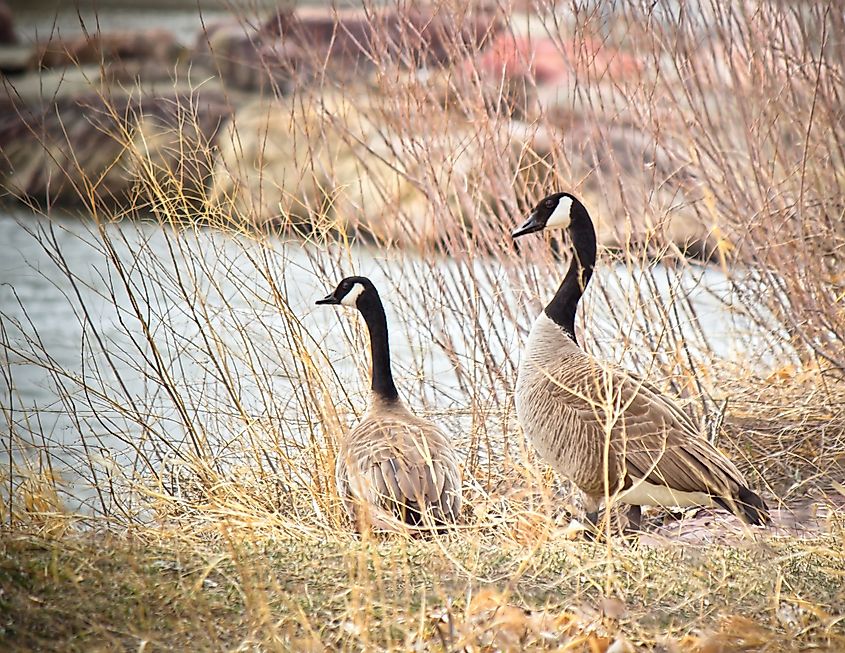
With shallow water and sandbanks, the North Platte River is a haven for migratory birds, including endangered species like the whooping crane. Hoards of sandhill cranes populate the banks and roost relatively free of predators. Among other endangered species are the least tern and the piping plover, which nest on the banks. More common species include mallards and pintails; however, if caught at the right time of year, snow geese can be spotted. With a prairie landscape in Wyoming and Nebraska, the grasslands are perfect for prairie dogs, mule deer, and pronghorns. Look to the skies as the tall grasses make for an ample hunting ground for the mighty bald eagle that soars overhead.
Recreation Of The North Platte River
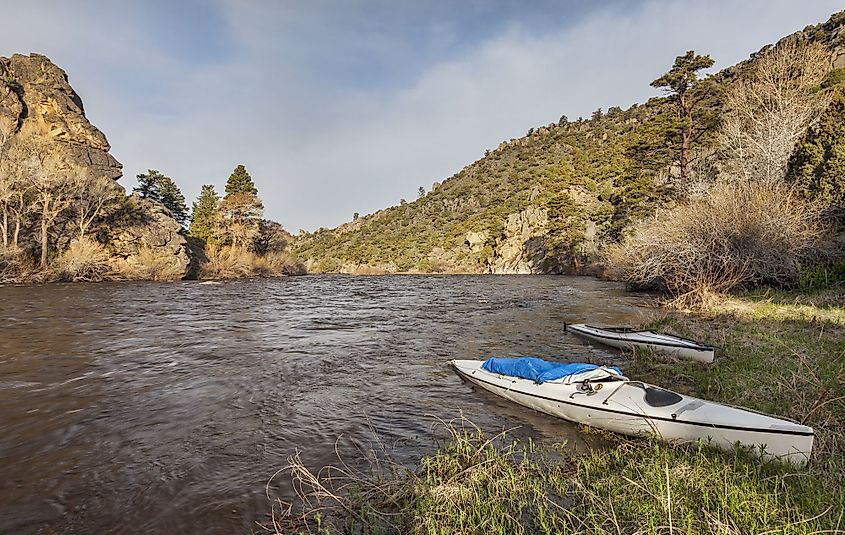
With some 300 species of birds observed on the North Platte River, it makes for an ideal location for observing wildlife and snapping photos. On this note, when the season is right, the North Platte River also serves as a premier location for waterfowl hunting. In Wyoming and Nebraska, hunters can target geese, mallards, and other varieties of ducks. It is also designated as a Blue Ribbon River and a Class 1 fishery. Here, anglers can fly fish for brown trout, rainbow trout, and the elusive cutthroat trout. Floating on tubes is popular at halftime in Wyoming, where the water is deeper. Out of Colorado and just south of the Wyoming border, the North Platte River provides adrenaline-pumping whitewater action with class III and IV rapids, besides riverside camping in the backcountry with a mountainous backdrop.











